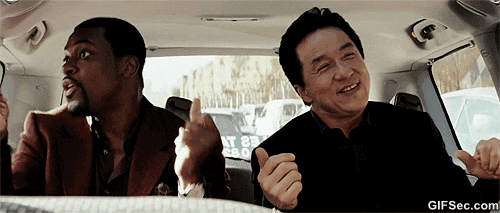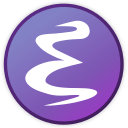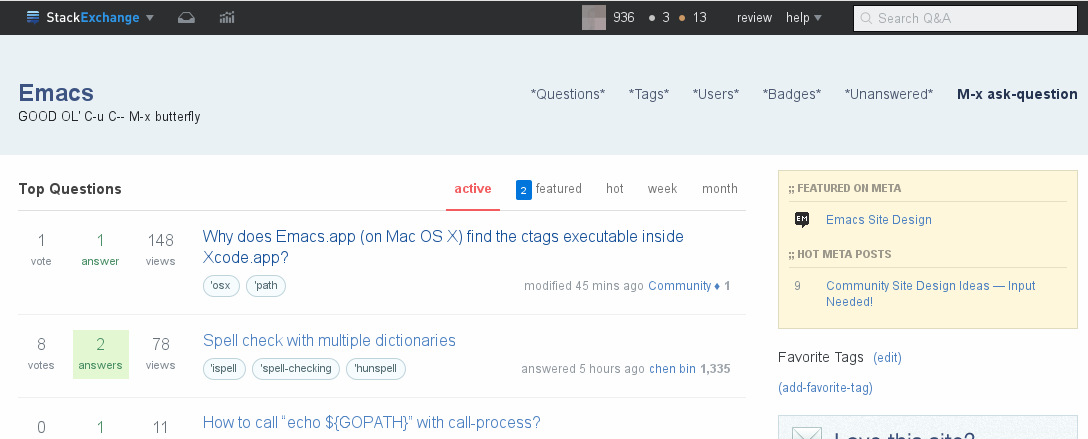- What are some visual cues that people instinctively know as "Emacs"?
Emacs is strongly associated with the Lisp language, which in-turn is based on functional programming and lambda (λ) calculus. Many languages have been derived from this modest start, including elisp, which is the specific lisp dialect in Emacs. They use parenthesis prominently and over the years the parenthesis character came to be associated with the lisp, elisp, and by extension, Emacs.
- Where can I go to learn more about Emacs (beyond the random Wikipedia article)?
The main GNU Emacs project page, https://www.gnu.org/software/emacs/ is the place to start.
- Is there a design style / aesthetic that you think would be a good fit for this community?
A good fit would be emacs itself: economy, simplicity, devoid of clutter, ornamentation, and affectations. The aesthetic it espouses is the efficiency of finishing the task at hand and not how many widgets or colors or icons one has to become familiar with before becoming productive. In this world of swift efficiency, even one extra keystroke is a burden to be avoided. Yet that has not stopped endless colorful themes, widgets, pop-ups, and do-dats in Emacs. Many other editors are entirely emulated inside Emacs even if users are warned it is evil. When the Emacs community wakes up to a new idea, you can bet there would be one implmentation in Emacs by lunch, and several advancements by day's end. Longtime SO Emacs community members come from this background.
- If this community were a movie, what would it be?
A bad movie because there is no drama.
- Which symbols or styles should be avoided?
Baroque, rococo, ornamentation, emojis, buttons shaped like pills and multi-colored Skittles.





M-xis immediately recognized.